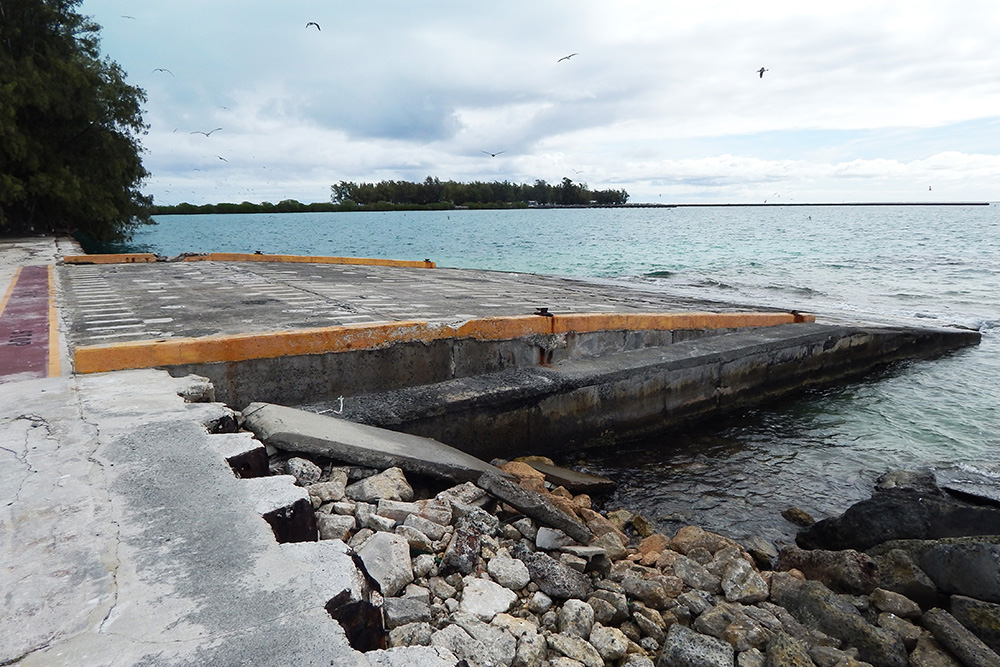Best, Richard Halsey
- Date of birth:
- March 24th, 1910 (New Jersey, United States)
- Date of death:
- October 28th, 2001
- Buried on:
- Arlington National Cemetery
Plot: 54. Grave: 3192. - Nationality:
- American
Biography
Richard H. Best entered the United States Naval Academy in 1928. He graduated in 1932 and then served aboard the USS Richmond (CL-9). He was transferred to the Naval Air Station Pensacola, Florida, in 1934 and He completed his flight training in December 1935. After the training he was assigned to Fighting Squadron Two (VF-2B), USS Lexington (CV-2). In 1938 he became a flight instructor at Pensacola and was assigned to Training Squadron Five. On May 31, 1940, Best was transferred to Bombing Squadron Six (VB-6) aboard the USS Enterprise (CV-6) of which he became the Flight Officer (operations officer) on June 10th.
When Second World War broke out, Best saw his first action on February 1st, 1942 at Kwajelein and Taroa Island, Maloelap Atoll
On February 24th, 1942, he was part of the attack of Wake Island by the Enterprise Air Group and on March 4th at Marcus Island.
The next action he took part in was the Battle of Midway, from 4th to June 6th, 1942. Here he dropped the last bomb on the Japanese carrier Akagi. On June 24th, 1942 he was sent to hospital at Pearl Harbor, having tuberculosis. After treatment, during 32 months, he retired in 1944.
After his retirement he started working with a research group at the Douglas Aircraft Company and lived in Santa Monica, California. In December 1948 the group became part of the Rand Corporation. Best was head of the department until his retirement in 1975.
On October 28th, 2001, Richard H. Best died and was buried at the Arlington National Cemetery.
Do you have more information about this person? Inform us!
- Period:
- Second World War (1939-1945)
- Rank:
- Lieutenant Commander
- Unit:
- Bombing Squadron 6 (VB-6), U.S.S. Enterprise (CV-6)
- Awarded on:
- August 7th, 1942
"For extraordinary heroism in operations against the enemy while serving as Pilot of a carrier-based Navy Bomber and Squadron Commander in Bombing Squadron SIX (VB-6), attached to the U.S.S. ENTERPRISE (CV-6), during the "Air Battle of Midway," against enemy Japanese forces on 4 - 6 June 1942. Defying extreme danger from concentrated anti-aircraft barrage and powerful fighter opposition, Lieutenant Commander Best, with bold determination and courageous zeal, led his squadron in dive-bombing assaults against Japanese naval units. Flying at a distance from his own forces which rendered return unlikely because of probable fuel exhaustion, he pressed home his attacks with extreme disregard for his own personal safety. His gallant intrepidity and loyal devotion to duty contributed greatly to the success of our forces and were in keeping with the highest traditions of the United States Naval Service."
General Orders Commander In Chief Pacific Fleet: Serial 3144 (August 7, 1942).
- Period:
- Second World War (1939-1945)
- Rank:
- Lieutenant Commander
- Unit:
- Bombing Squadron 6 (VB-6), U.S.S. Enterprise (CV-6)
Action Date: February 1, 1942
Sources
- Photo 1: U.S. Department of Defense
- - Sterner C.D., Recipients of The Navy Cross, 1916 - Present
- Arlington National Cemetery Website
- Valor awards for Richard Halsey Best
- Guiding Lights: Monuments and Memorials at the U.S. Naval Academy - Nancy Arbuthnot





